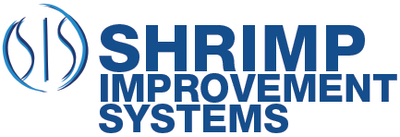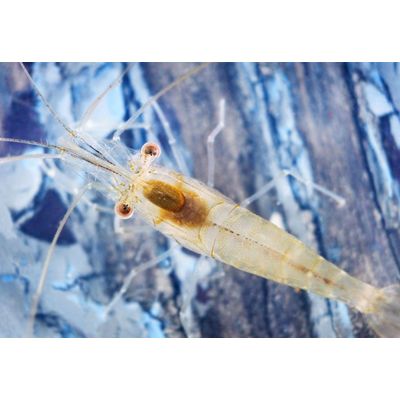


Commercial Genetic Improvement Program for Shrimp Aquaculture
SIS conducts a commercial genetic improvement program for shrimp aquaculture with established techniques of selective breeding already being used in other agribusinesses. Our program is based on proprietary-developed pure lines selected for specific economic characteristics over 30 generations. It is designed to produce the best Specific Pathogen Resistant (SPR) and Specific Pathogen Free (SPF) shrimp, enabling our customers to benefit from the shortest possible transfer of genetic gains achieved from each breeding session.
Our program is based on proprietary-developed pure lines selected for specific economic characteristics over 30 generations. It is designed to produce the best Specific Pathogen Resistant (SPR) and Specific Pathogen Free (SPF) shrimp, enabling our customers to benefit from the shortest possible transfer of genetic gains achieved from each breeding session.
SIS ensures that all its broodstock are certified free of the SPF listed pathogens. Because of this status, SIS has become the authorized importer of live shrimp into several countries in Asia and the Latin America. SIS is also authorized to supply SPF postlarvae and broodstock to shrimp operations in the United States.
The competitive advantages of SIS’ shrimp broodstock are fast growth, high fecundity, resistance to the Taura Syndrome Virus (TSV), and freedom from specific pathogens. SIS’ commercial lines have consistenly demonstrated to grow, under the right conditions, to 40 grams in 100 days(over 3.5 grams per week), to produce more than 6.5 million nauplii over the productive lifetime of a female, and have general hardiness to stress and disease resistance.
SIS conducts performance monitoring through a variety of test platforms of varying degrees of complexity. Results from all tests performed at the genetic nucleus, the disease challenge laboratory, raceways, cages, microcosm tanks and ponds are combined in a weighted index for the selection of the overall best families to produce the next generation.




